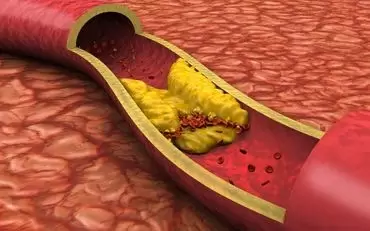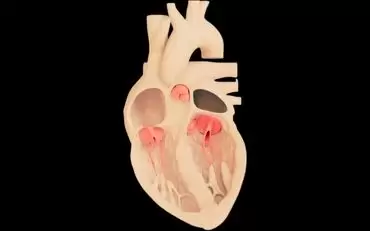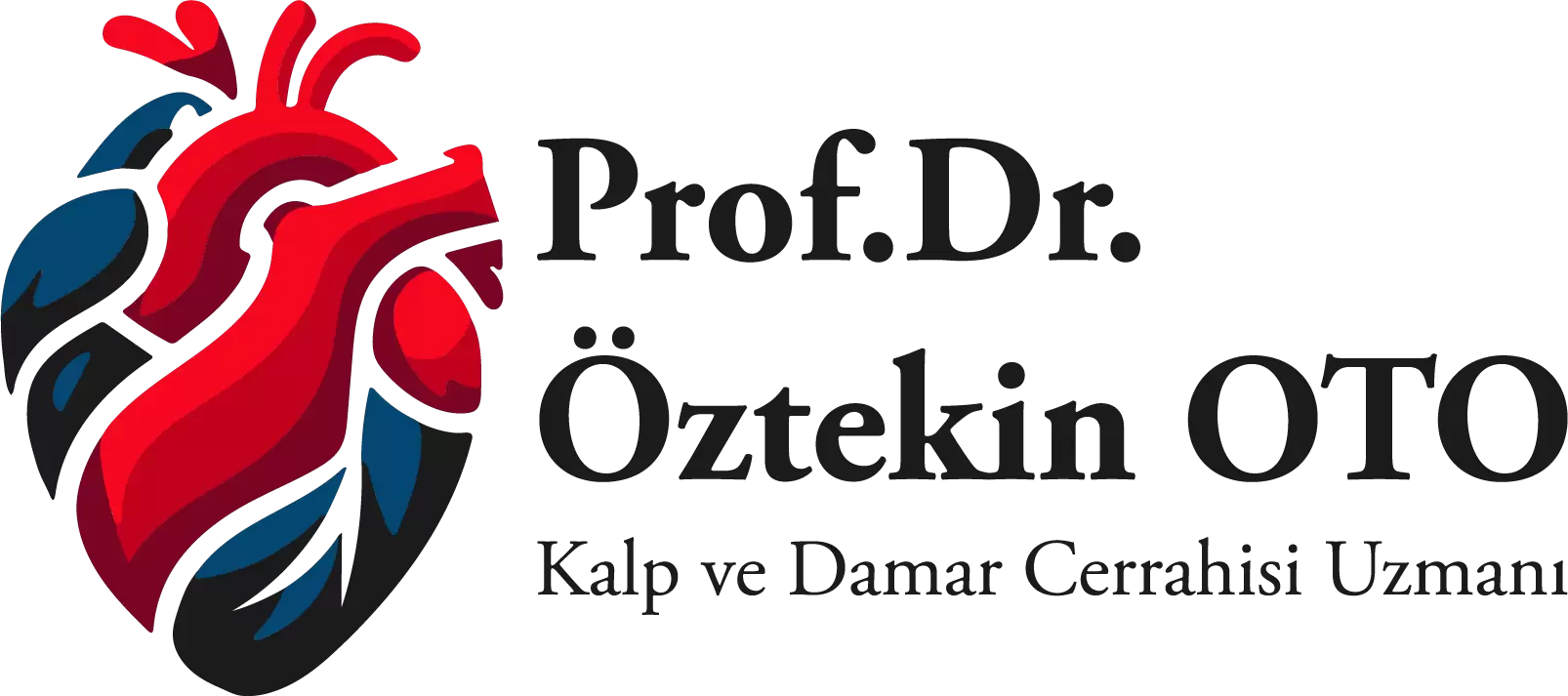16 Oca
Tachycardia
Definition of palpitations:
The patient's feeling of heartbeats and changes in heart rhythm.
Diseases that can cause palpitations:
First of all, heart rhythm and conduction disorders, structural and functional disorders of the heart (heart, vascular, valve, muscle and nerve diseases)
Inappropriate nutrition (Diet, alcohol, vitamin deficiency, excessive nicotine caffeine)
- Hypertension,
- Anemias (Anemia)
- Hyperthyroidism (toxic goiter)
- Panic attacks
- Pregnancy, menstrual irregularities
- Chronic fatigue syndrome
Recommendations and Treatment Methods:
First of all, it is recommended to be evaluated by a Cardiology Specialist. Because life-threatening palpitations are those of cardiac origin. When cardiac causes are excluded, other causes are detected and the necessary treatment is performed by the relevant specialist. Any disorder of the electrical system of the heart is called arrhythmia or rhythm-conduction disorder.
Clinical Findings in Arrhythmias:
There may be many different noisy pictures such as fainting, cyanosis, sweating, chest pain, visual-speech disorders, strokes, and sometimes it may not show any symptoms.
Diagnosis of Arrhythmias:
Diagnosis of arrhythmias is made electrocardiographically. In patients with complaints and findings that may be related to arrhythmias, the problem can be revealed with the application of Holter ECG. In the diagnostic approach to a patient with arrhythmia, the following order is useful in diagnosing the arrhythmia and revealing its importance.
Diagnosis can be made with tests such as anamnesis + physical examination + ECG + Holter ECG/Effort test/late potential and signal averaged ECG/baroreflex sensitivity/QT alternans/pharmacological tests and invasive diagnostic methods (such as atrial stimulation, His-Bundle ECG, programmed ventricular stimulation).
After diagnosis, other diagnostic methods, primarily echocardiography, may be necessary in determining the treatment methods to be selected and in prognostic evaluations.
Treatment of arrhythmias:
In treatment, it is appropriate to first eliminate the cause. If the cause cannot be treated or the existing rhythm conduction disorder is life-threatening or symptomatic, symptomatic treatment may be required. Here, it is recommended to take general measures appropriate to the detected problem, such as rest, sedation, vagal maneuvers, and if these are not sufficient, to apply medical or interventional (such as pacemaker/ablation/arrhythmia surgery) treatments. In general, it is accepted that it is more appropriate not to treat arrhythmias observed in people without heart disease or that are not hemodynamically harmful with antiarrhythmic drugs.
Related Articles

Vascular Occlusion
Incidence of certain diseases has increased among the advanced age population due to the development..
Read More
10 Frequently Asked Questions on Varices
As a disease of the veins, varices are defined as accumulation of blood in the legs with the effect ..
Read More
Minimally Invasive Heart Valve Surgery
Valve diseases are quite common in the society affecting all age groups. There are 4 chambers in the..
Read More




